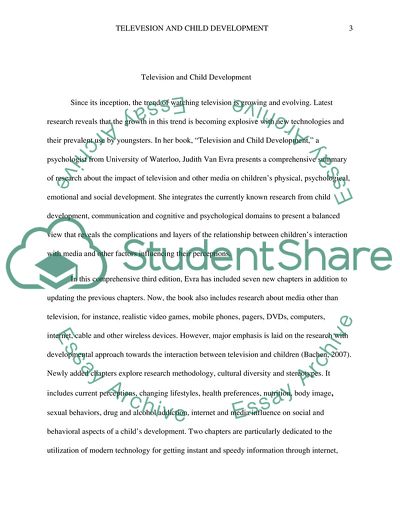Cite this document
(Television and Child Development by Van Evra Book Report/Review - 1, n.d.)
Television and Child Development by Van Evra Book Report/Review - 1. Retrieved from https://studentshare.org/psychology/1570452-book-report
Television and Child Development by Van Evra Book Report/Review - 1. Retrieved from https://studentshare.org/psychology/1570452-book-report
(Television and Child Development by Van Evra Book Report/Review - 1)
Television and Child Development by Van Evra Book Report/Review - 1. https://studentshare.org/psychology/1570452-book-report.
Television and Child Development by Van Evra Book Report/Review - 1. https://studentshare.org/psychology/1570452-book-report.
“Television and Child Development by Van Evra Book Report/Review - 1”, n.d. https://studentshare.org/psychology/1570452-book-report.


